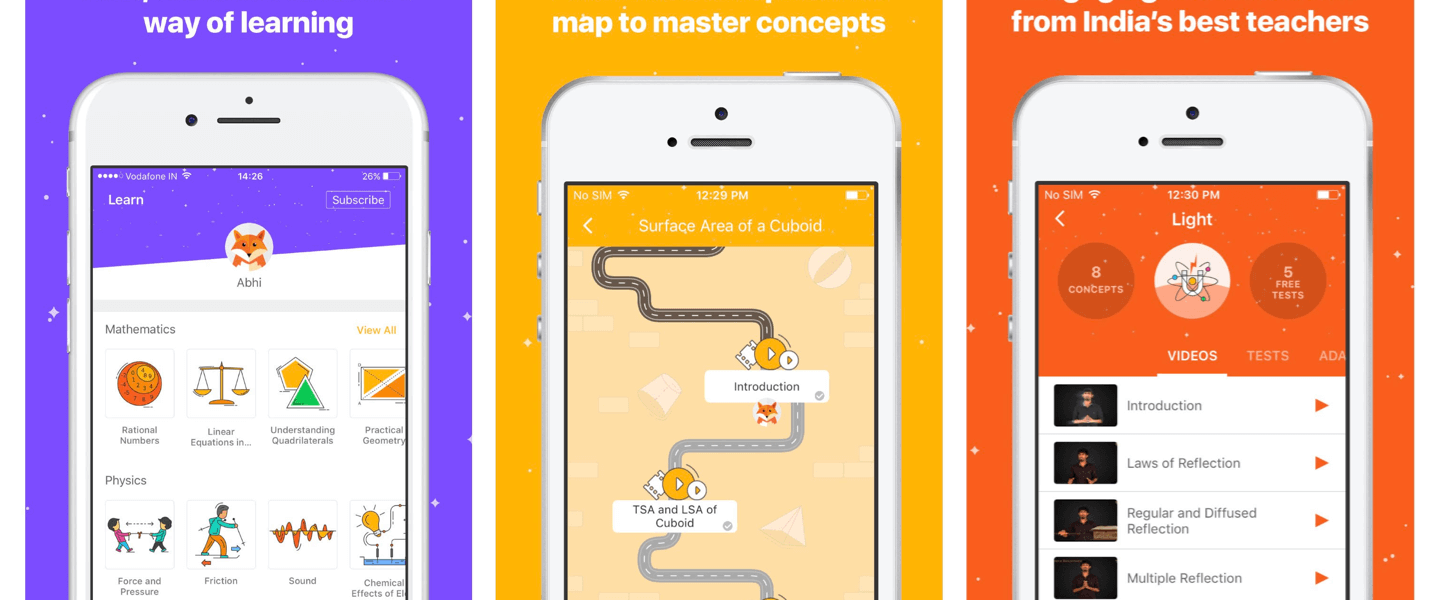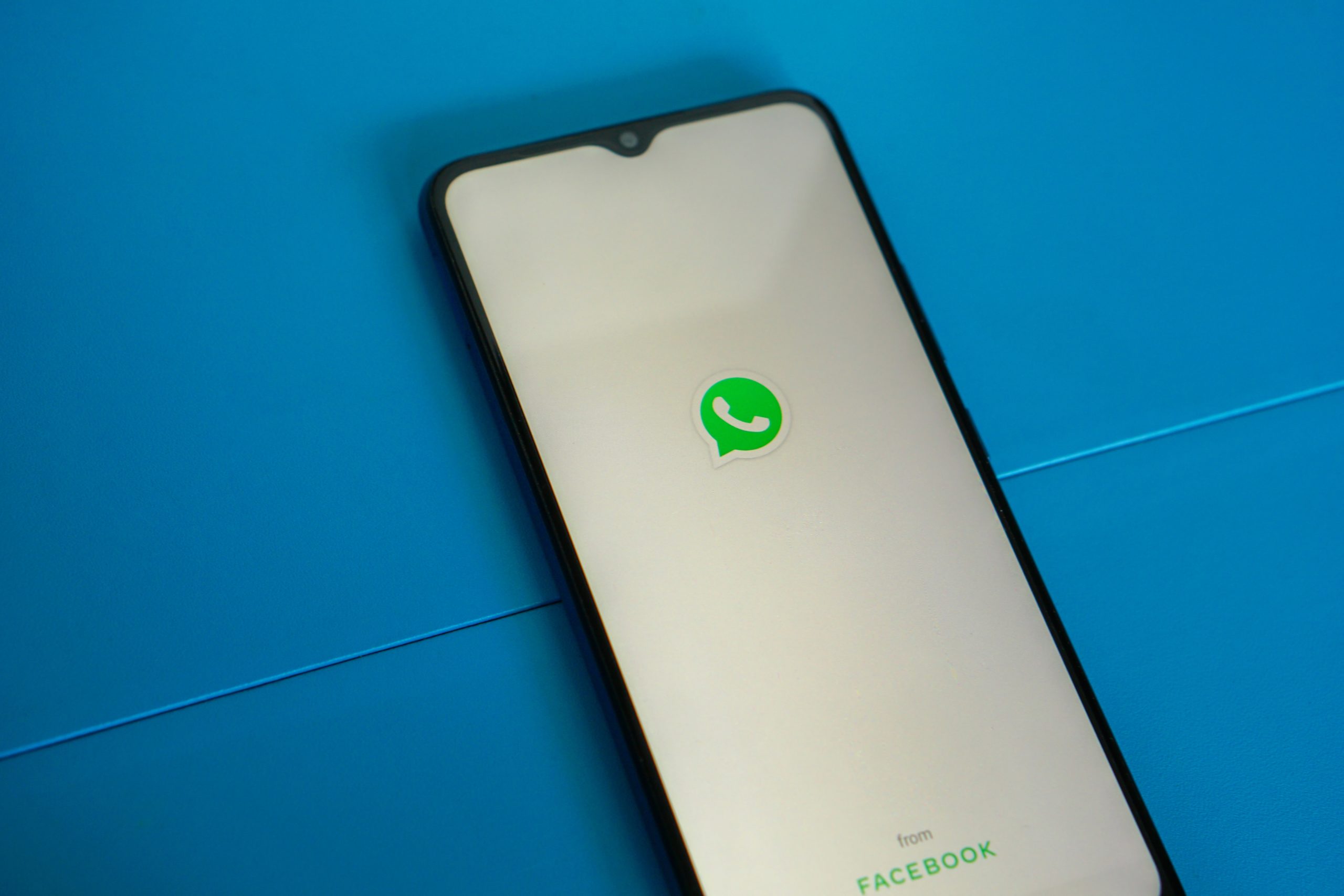App users love games; in fact, in 2021, games will be downloaded the most of any mobile vertical. From Duolingo in education to MyFitnessPal in fitness, successful apps in all categories have taken note and incorporated gaming technology to increase user engagement. While gamification itself is not new, it is increasingly becoming an important technology for e-commerce apps looking to increase customer loyalty and revenue.
More and more retailers are using gamification in their e-commerce applications to increase sales. But how does it actually work? We’ll explore this in this article, using as examples the ways in which large companies are using gamification.
How can gamification help e-commerce app to generate more revenue?
What can be achieved with gamification? There are many things.
High retention
It’s hard not to experience any emotion while playing a game. Excitement, victory, intrigue – these are just some of the emotions we experience when collecting points and reaching the next level. If these emotions are supported by some material benefits, the experience becomes more enjoyable.
Positive emotions lead to a positive user experience that keeps users returning to the application again and again. Gamification is so great that it can actually bring users back to the app multiple times a day! Thus, high retention rates are another benefit of implementing gamification in retail mobile apps.
Loyalty points and rewards are an effective way to increase customer loyalty and improve retention by incentivizing users to return to the application on a regular basis. Product trivia and quizzes can be used to educate users about products and make suggestions, as well as collect customer data to help personalize their experience. Gamifying the browsing and checkout experience with rewards and offers, progress bars and/or time limits, or countdown games can help increase the urgency of reducing cart abandonment – a major problem for eCommerce apps with an average abandonment rate of over 85%.
More sales
More user engagement with your mobile app will naturally lead to more sales. Your brand as a whole will also benefit from gamification: those bonuses or coupons often offered as rewards make customers more loyal to your company. All these factors lead to higher revenues, more frequent purchases and increased average order value.
The concept of gamification has proven to be extremely effective in the mobile app environment. Gamification makes mobile apps “sticky” for the user, encouraging them to spend more time on gamified apps, which in turn generates rewards. Such apps also provide retailers with valuable data about customer preferences and behaviors in real time, which helps retailers better target their desired audiences.
Typical gamification skills to apply in e-commerce app
In mobile apps, gamification is the introduction of game mechanics into non-game apps to better engage users. The most commonly used game mechanics are rules and rewards, which encourage users to take certain actions and achieve certain goals within the app, such as points, levels and badges. These techniques take advantage of the natural human tendency to compete, achieve, and collaborate. Popular gamification techniques for e-commerce applications include:
Rewards programs are all about earning points and getting coupons for them. AliExpress uses rewards heavily in their gamification strategy, and it is popular in many other applications as well.
Daily rewards are the best way to keep your users coming back to your app, not just when they plan to make a purchase. Daily bonuses incentivize users to come back every day to claim their bonuses and then receive coupons.
Badges reward the most active users and set goals for them. Badges are offered for tasks completed and users’ permissions depend on their badges.
Likes and follows are great for building a community around your brand. Reward users for sharing and following others, and encourage comments and the creation of user-generated content.
Games, just like in indie games, are a great way to increase interaction with your app.
Contests are the most exciting event in your gamification strategy. Be sure to use them before the holidays to encourage users who have won something to come back to your app and make a purchase.
When properly designed and applied, these techniques can generate emotions such as intrigue, excitement and achievement among users. When combined with material benefits such as discounts, they provide a powerful combination to increase customer enjoyment and user engagement. Mobile commerce developers can use this to trigger, encourage and reward specific user behaviors that help achieve business goals.
Gamification in e-commerce brand cases
AliExpress
Games in AliExpress applications form an integral and separate part of the application. There are many different types of games and tasks, so there is always the potential to win more coins. Coins are the main currency in this application. You need to complete tasks to earn them and you can increase them by playing games.
There are many tasks that users can complete to earn coins. These tasks change every day, so users won’t get tired of doing the same thing every day. In addition, users get one coin per day for launching the application. These tasks are a win-win for both the customer and Sizzler. Users get coins they can redeem for coupons or use in other games we’ll see later, Global Selling can promote their new product categories (“See new categories now”), grow their social community (“Follow users in the Fan” Zone”), and make users more active (“Post a comment”).
There are several types of games in the application, which appeal to different personalities. Daily tasks are already familiar to us. There are also two separate games: Lucky Forest and Coin Park. They have different principles that make them attractive to different people. Let’s start with Lucky Forest.
This game is for people who like consistency and long-term goals. It takes time to achieve results, but the rewards are quite significant.
However, some people do not have patience for such games, and this is where Coins Park comes in handy. coins Park is for those who like immediate results and like to take their chances. The game can be played with coins or coupons, but the user wins no matter what. It can be played up to 10 times a day, so there is a good chance of getting a lot of coins from it. However, users need coins to participate, so this will motivate them to complete their daily tasks.
Whole Foods
The health-oriented grocery chain uses game mechanics to enhance the social media and mobile components of existing marketing campaigns. In one promotion, Whole Foods launched a “14-Day Blast Off” campaign that challenged consumers with a series of tasks focused on making healthy life choices, such as exercising or eating better every day, and rewarded them with task badges. Interestingly, Whole Foods also uses gamification to promote positive behavior change among employees. Employees can earn product discounts if they are able to achieve company goals such as weight loss.
Victoria’s Secret
A good example of the use of gamification in e-commerce is the PINK Nation app from American women’s lingerie manufacturer Victoria’s Secret. By using the Victoria’s Secret app, users can play different games and unlock badges by browsing the brand’s catalog. Users have the opportunity to win different prizes, such as tickets to the Victoria’s Secret Fashion Show, create fashion looks and vote for the best. This gamification solution increased the frequency of website visits and built deeper customer engagement while gaining insight into customer data.
Shein
In recent years, Chinese fast fashion retailer Shein has seen rapid success, surpassing brands like H&M to become the world’s largest online retailer, with 28% of the fast fashion market in the U.S. alone. Shein has become extremely popular, especially among the younger Generation Z consumers, thanks in large part to influencer marketing, low prices and gamification.
Shein uses a point system to engage users and encourage them to perform certain activities in the app. These points can be redeemed for up to 70% off an order, 100 points for $1. Shein also combines gamification with a social element by rewarding users with “outfit contests” in which they post photos of themselves wearing outfits put together from items purchased in the app.



